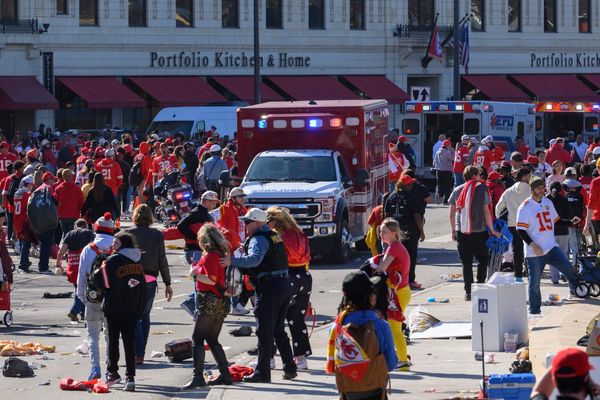
My brother, Ian McMillan, who has died aged 72, was a micropalaeontologist who specialised in the study of foraminifera – microfossils that provide evidence of the age of rock layers, and which are therefore useful in providing data for the oil and diamond industries.
His expertise led him to work mainly in South Africa, but he also took part in projects in Sierra Leone, Angola, Namibia, Cameroon, Argentina and Tanzania. He published about 50 articles and papers, and made a major contribution to the understanding of the geological history of the marine sediments of southern Africa.
Ian was born in Kingston upon Thames, Surrey, the son of Marjorie (nee Drake), who, before her marriage, had worked as a stenographer for the navy, and Eric McMillan, principal examiner at the Patent Office. He attended Surbiton county grammar school and then Portsmouth Polytechnic (now Portsmouth University), where, studying geology, he first encountered foraminifera. He went on to complete an MSc and PhD on Namibian and South African foraminifera at University College of Wales, Aberystwyth (now Aberystwyth University).
He then started work as a foraminiferal biostratigrapher in Johannesburg for Soekor, South Africa’s national oil exploration company, and remained with them from 1972 to 1992. Over those years he studied the microfossils of about 250 boreholes, most of them thousands of metres deep, as well as 4,000 seafloor samples.
From 1993 to 2003 he worked in the rock laboratory of De Beers Marine in Cape Town, from where he laid the foundations of the lithostratigraphic framework which, to this day, underpins the geological model for diamonds offshore of southern Africa.
After the closure of the rock laboratory, Ian worked at Cardiff University for several years, studying marine rocks in Tanzania and participating in several field seasons. In particular he supervised field operations at a drill site in the Kilwa district, where the Paleocene-Eocene transition was identified, which became hugely important for subsequent research. The Turonian nannofossil Truncatoscaphus macmillanii was named in his honour for this work.
In retirement from 2008, Ian worked as an honorary associate at the Iziko South African Museum in Cape Town on their foraminifera collection and database. In 2014 he was awarded the Draper Memorial medal of the Geological Society of South Africa.
Once he was diagnosed with Parkinson’s disease, Ian made it his priority to write down all he knew about Eocene foraminifera of the South Atlantic in a monograph based on his work at De Beers Marine. He considered the resulting publication to be one of his most important contributions to science.
He is survived by me.







